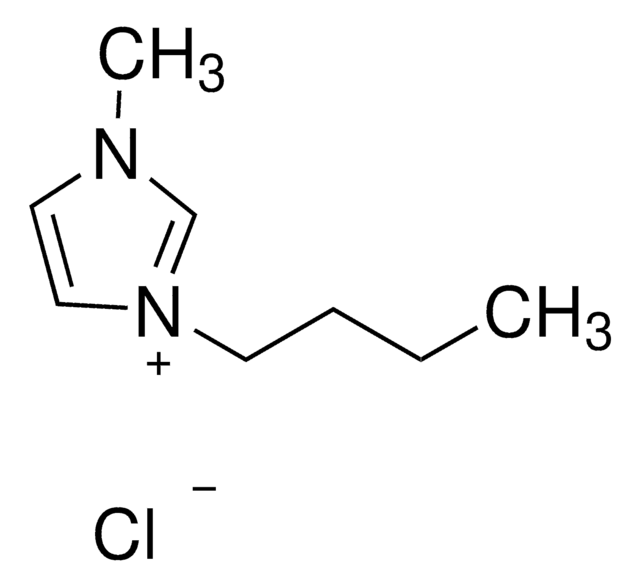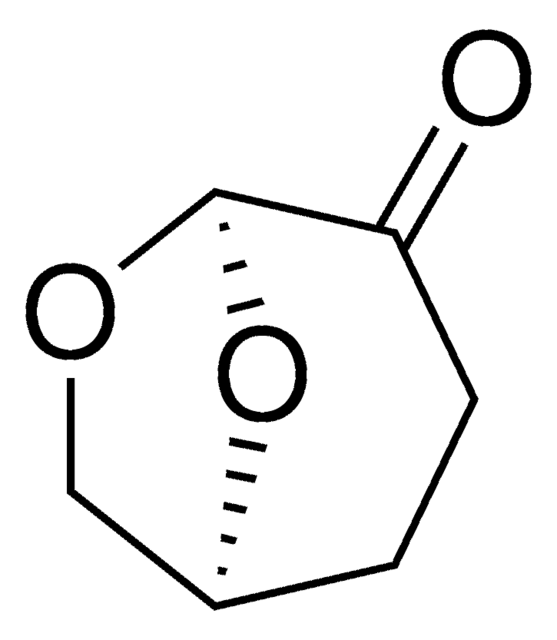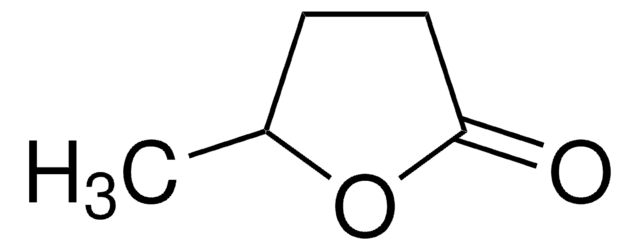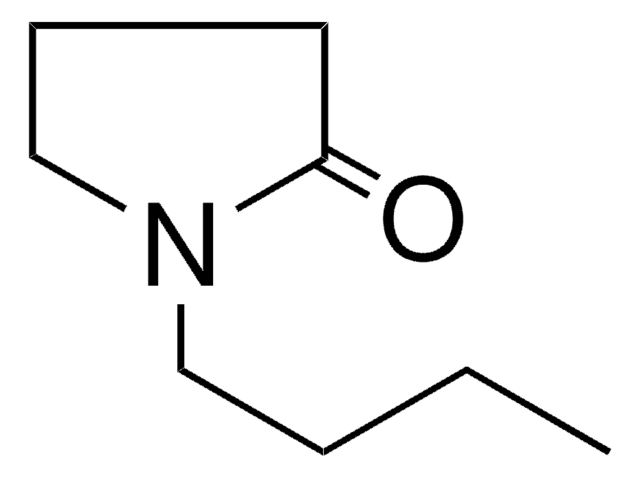Wichtige Dokumente
901351
1-Butanol
BioRenewable, ACS reagent, ≥99.4%
Synonym(e):
n-Butanol, Butylalkohol
About This Item
Empfohlene Produkte
Qualität
ACS reagent
Qualitätsniveau
Dampfdichte
2.55 (vs air)
Assay
≥99.4%
Form
liquid
Selbstzündungstemp.
649 °F
Expl.-Gr.
11.2 %
Grünere Alternativprodukt-Eigenschaften
Safer Solvents and Auxiliaries
Use of Renewable Feedstocks
Learn more about the Principles of Green Chemistry.
sustainability
Greener Alternative Product
renewable carbon content
100%
Verunreinigungen
≤0.0008 meq/g Titr. acid
≤0.01% butyraldehyde
≤0.1% water
≤0.2% butyl ether
Abdampfrückstand
≤0.005%
Farbe
APHA: ≤10
Brechungsindex
n20/D 1.399 (lit.)
bp
116-118 °C (lit.)
mp (Schmelzpunkt)
−90 °C (lit.)
Dichte
0.81 g/mL at 25 °C (lit.)
Grünere Alternativprodukt-Kategorie
, Aligned
SMILES String
CCCCO
InChI
1S/C4H10O/c1-2-3-4-5/h5H,2-4H2,1H3
InChIKey
LRHPLDYGYMQRHN-UHFFFAOYSA-N
Suchen Sie nach ähnlichen Produkten? Aufrufen Leitfaden zum Produktvergleich
Allgemeine Beschreibung
This ACS grade 1-Butanol is a drop-in replacement for traditional 1-Butanol applications. Made from 100% renewable carbon (verified through C14 ASTM D6866-16 testing) and produced in an environmentally-friendly way which reduces the carbon footprint of production and reduces reliance on fossil-fuels.
It is also free from many contaminants that are present in petroleum derived 1-Butanol, such as isobutanol and aldehydes.
Anwendung
1-Butanol may be used in applications such as:
- Extraction and purification of compounds
- Solvent in chemical synthesis
- Intermediate in polymer synthesis
- Adhesives and sealants formulation
- Coatings
Leistungsmerkmale und Vorteile
- ASTM D6866 - Standard Test Methods for Determining the Biobased Content
- Renewable Carbon Content – ≥99.9%
- Made from Renewable Resource
- Replacement for Petroleum-based 1-Butanol
Sonstige Hinweise
Ähnliches Produkt
Signalwort
Danger
Gefahreneinstufungen
Acute Tox. 4 Oral - Eye Dam. 1 - Flam. Liq. 3 - Skin Irrit. 2 - STOT SE 3
Zielorgane
Central nervous system, Respiratory system
Lagerklassenschlüssel
3 - Flammable liquids
WGK
WGK 1
Flammpunkt (°F)
95.0 °F - Pensky-Martens closed cup
Flammpunkt (°C)
35 °C - Pensky-Martens closed cup
Hier finden Sie alle aktuellen Versionen:
Analysenzertifikate (COA)
Die passende Version wird nicht angezeigt?
Wenn Sie eine bestimmte Version benötigen, können Sie anhand der Lot- oder Chargennummer nach einem spezifischen Zertifikat suchen.
Besitzen Sie dieses Produkt bereits?
In der Dokumentenbibliothek finden Sie die Dokumentation zu den Produkten, die Sie kürzlich erworben haben.
Unser Team von Wissenschaftlern verfügt über Erfahrung in allen Forschungsbereichen einschließlich Life Science, Materialwissenschaften, chemischer Synthese, Chromatographie, Analytik und vielen mehr..
Setzen Sie sich mit dem technischen Dienst in Verbindung.








